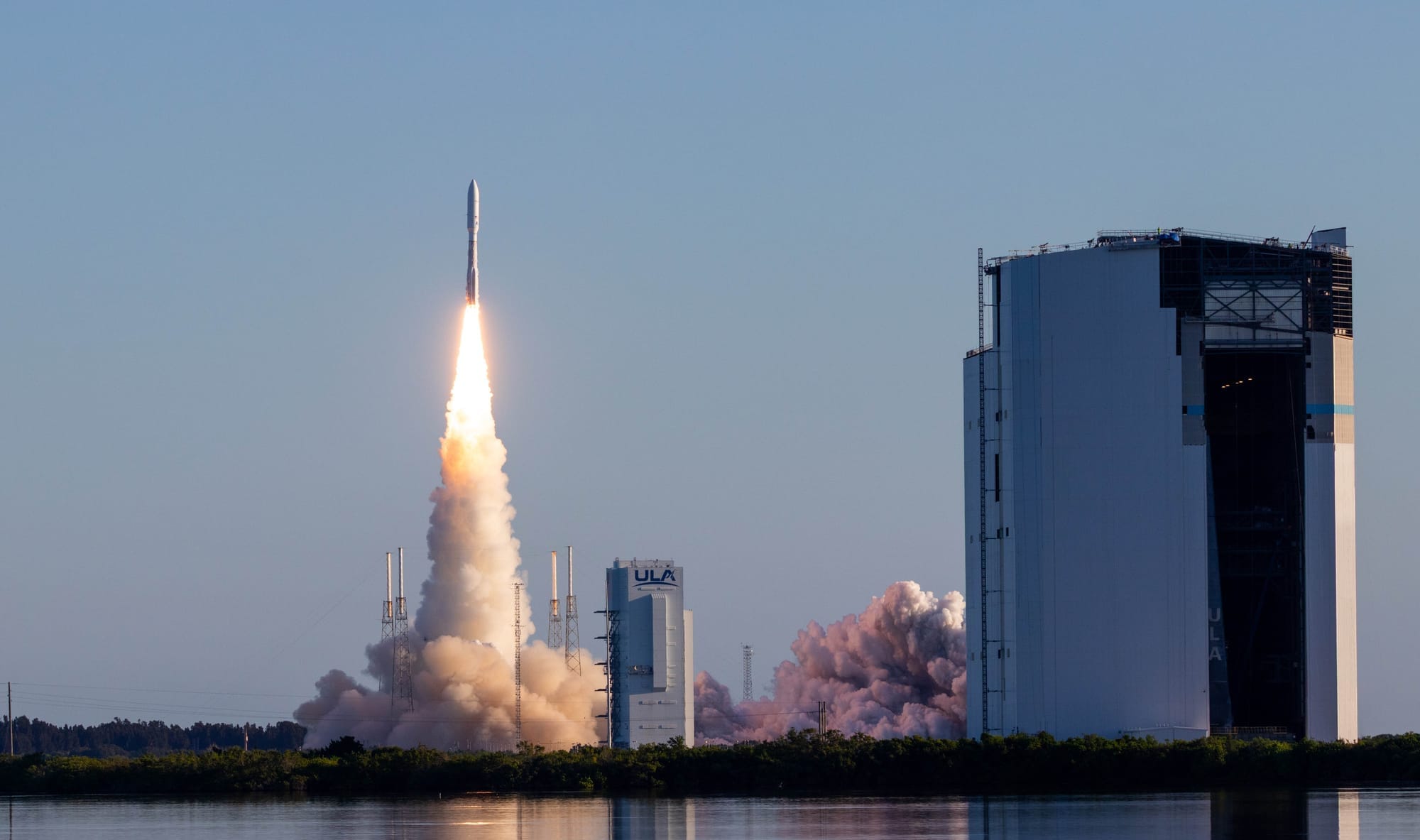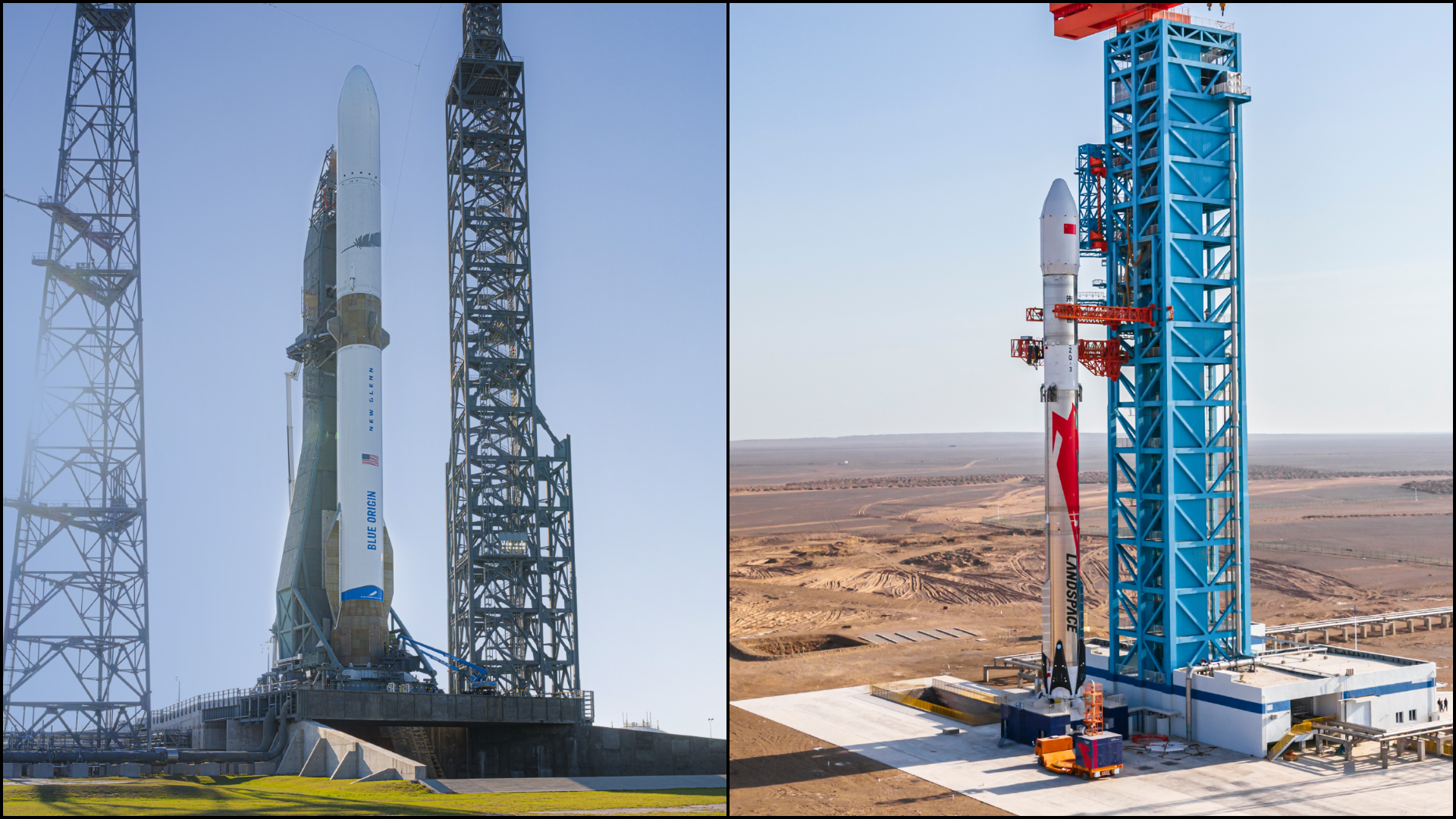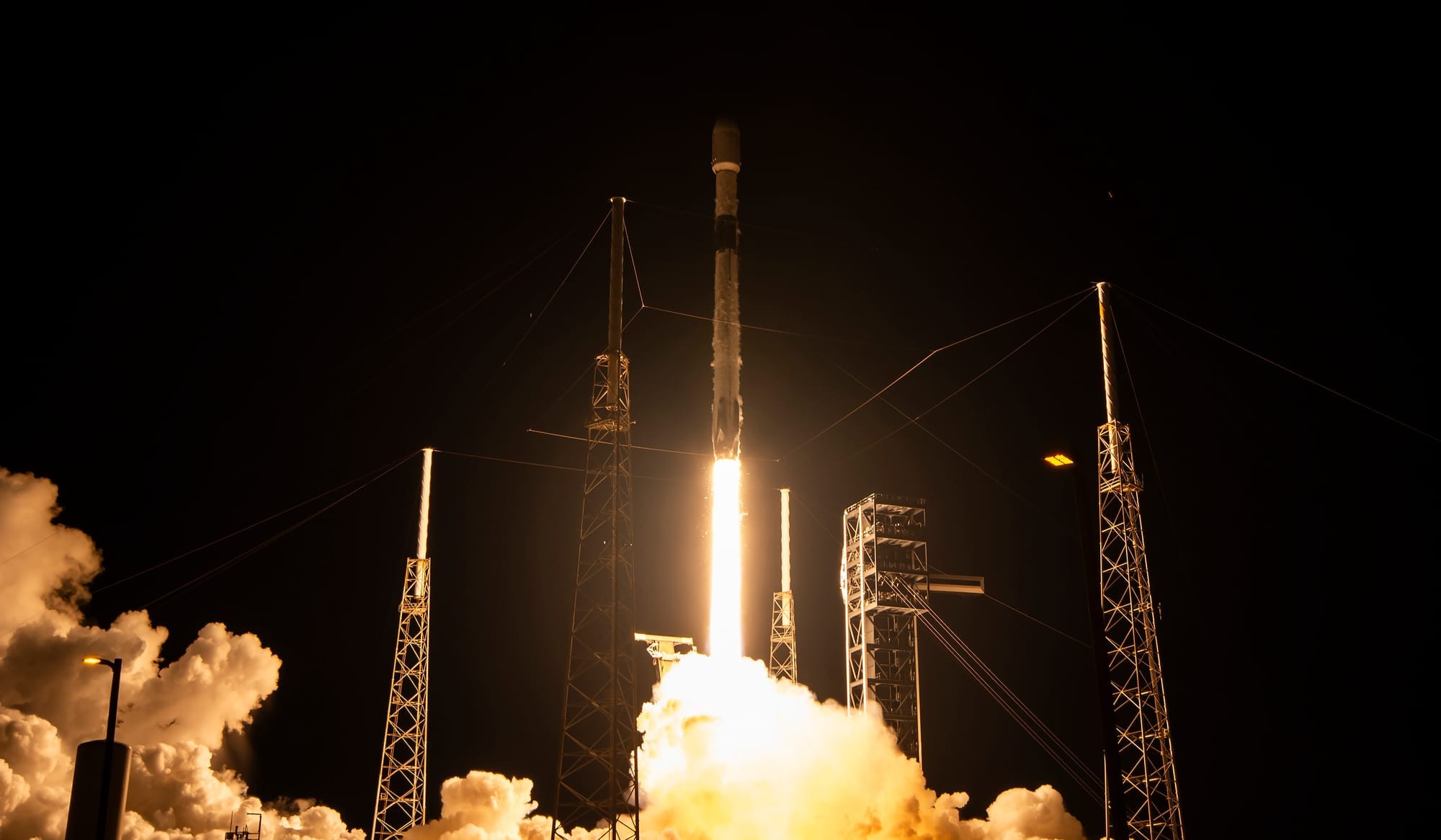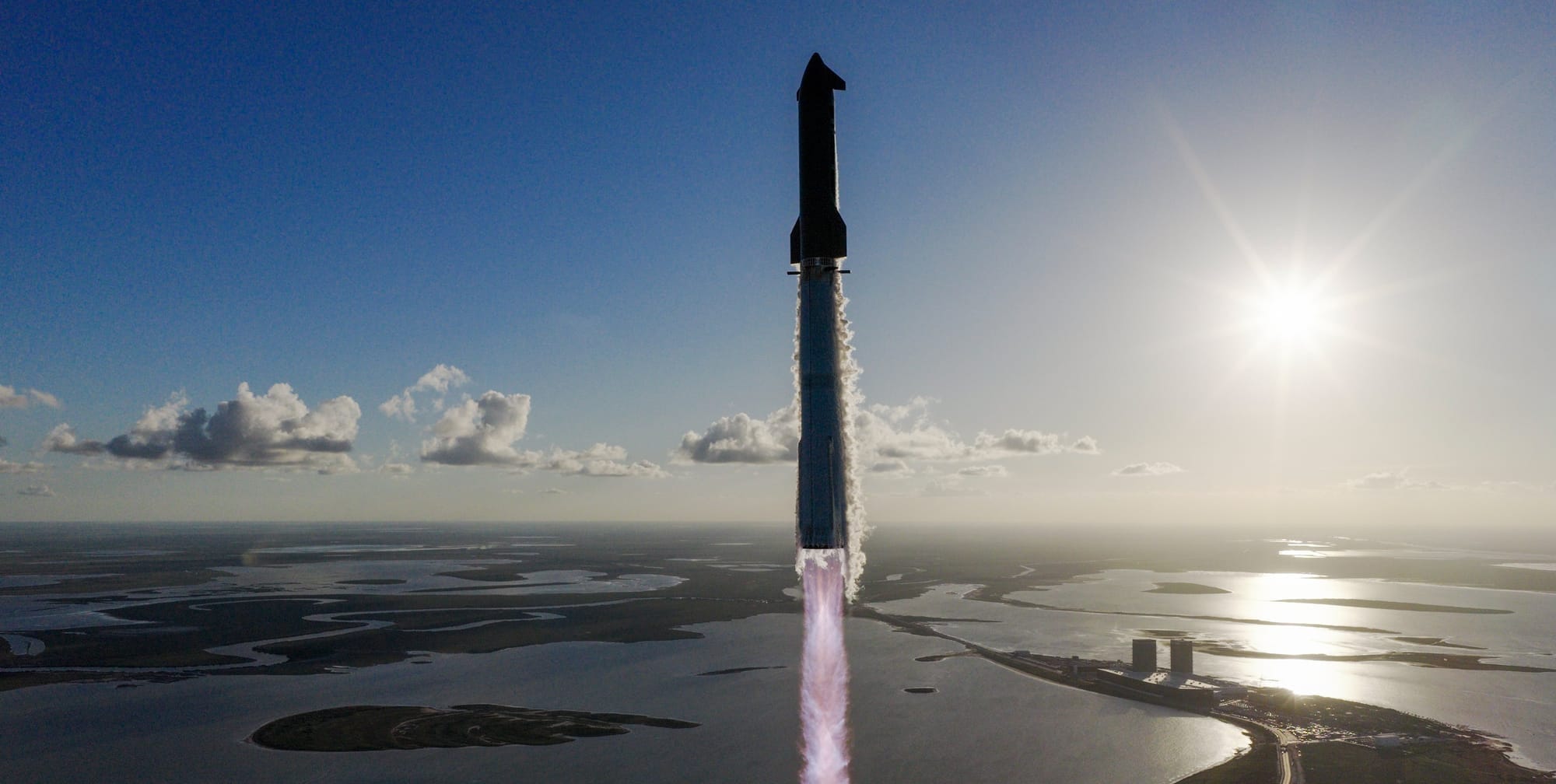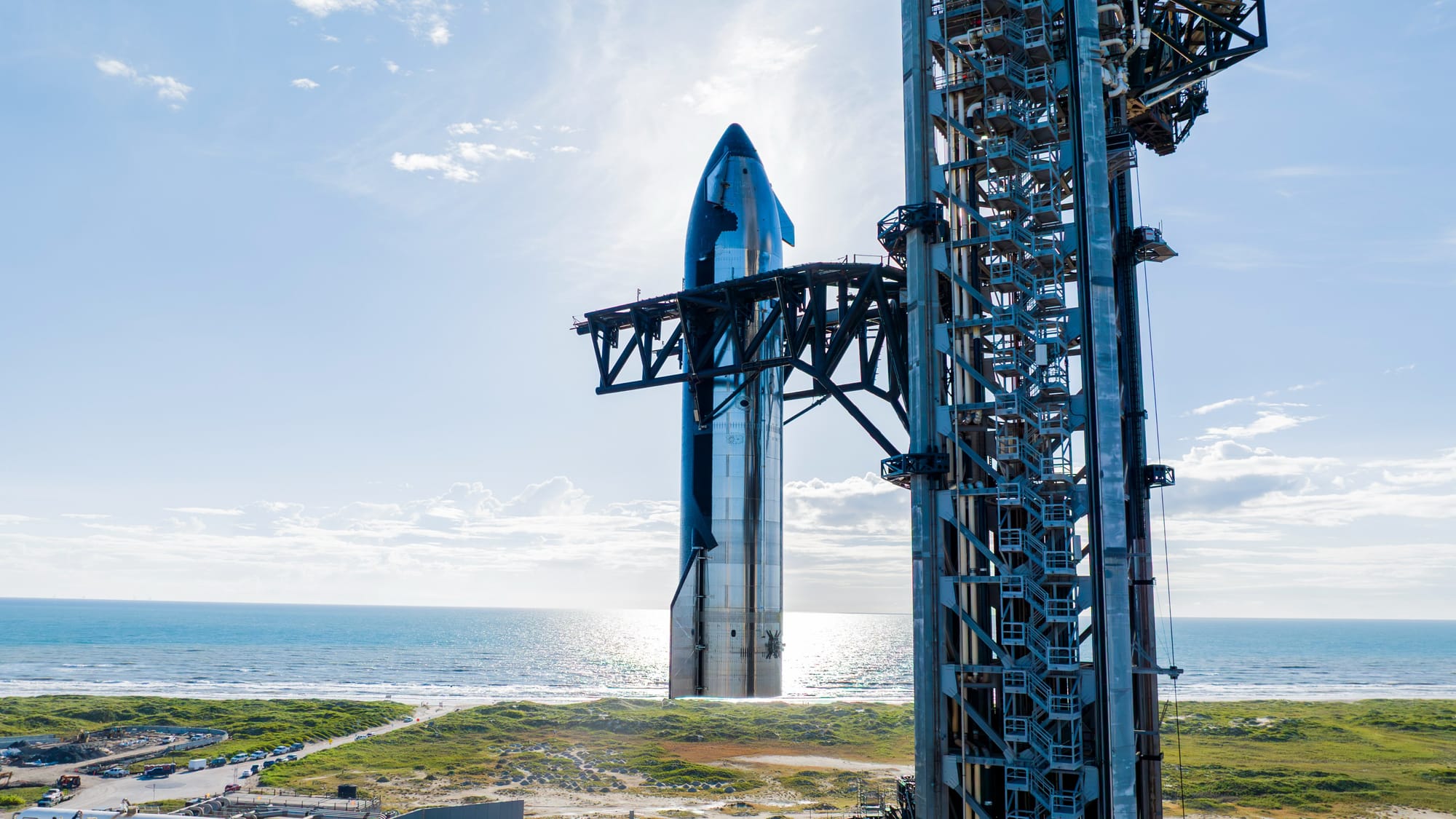Table of Contents
Amazon's low Earth orbit internet constellation has received its latest batch of satellites, delivered by an Atlas V.
Out of Space Launch Complex 41 atop of United Launch Alliance's Atlas V, on September 25th, 27 Kuiper satellites, for the constellation's fifth group, were sent into low Earth orbit. About twenty minutes after launch, the group of satellites began to be released over fifteen minutes.
3,2,1...liftoff! ULA's Atlas V rocket powers off the launch pad carrying the next Amazon satellites for the Project Kuiper broadband constellation and the future of global connectivity!https://t.co/aAPPJAhIns pic.twitter.com/C2JagAwNCi
— ULA (@ulalaunch) September 25, 2025
Atlas V roaring from Space Launch Complex 41 carrying Amazon's Kuiper satellites, via United Launch Alliance on Twitter.
With today's launch, Amazon has 129 Kuiper satellites in orbit out of a planned 3,236. The fifth group of satellites followed two sets of 24 launched by Falcon 9, and two previous Atlas V missions, also with 27.
Those and the new Kuiper satellites are heading toward an orbital altitude of around 630 kilometers to start providing internet services to customers. Following the deployment of further satellites, services from Kuiper are planned to be available later this year at speeds of up to one gigabit per second, a feat recently demonstrated ahead of the fifth launch.
In order to meet a deadline with the U.S. Federal Communications Commission, half of the Kuiper constellation, approximately 1,600 satellites, will need to be launched by mid-2026. Currently, Amazon has bought over eighty launches to deploy the constellation from a variety of American and European launch providers.
Ahead of its latest launch, Amazon announced with JetBlue that the two companies are partnering to provide in-flight internet connectivity, starting in 2027. As the first airline set to utilize Kuiper, JetBlue plans to use the constellation to improve its free Fly-Fi service. Speaking on the constellation capabilities services, Amazon's Senior Vice President of Devices & Services, Panos Panay, boasted:
"Staying connected is part of everyday life, even when you're traveling," – "With Project Kuiper, we're working to ensure you have a high-speed connectivity experience wherever you are—at home or 35,000 feet in the air."
To provide services to JetBlue flights, select aircraft in the company's fleet will be equipped with a skyward-facing antenna, communicating on the same frequency as the Kuiper satellites. This will be similar to what Amazon is doing in partnership with Airbus, to provide other airliners with in-flight connectivity too.
Furthering its competition against other internet mega-constellations, Amazon has also partnered with Japan's Nippon Telegraph and Telephone, America's Verizon, and the UK's Vodafone to bring services directly to consumers.

What is Atlas V?
Atlas V is United Launch Alliance's oldest two-stage rocket in service. The rocket is currently planned to be replaced by Vulcan when it retires before 2030.
The first-stage is powered by a single RD-180 generating 390 tons of thrust burning rocket-grade kerosene and liquid oxygen for four minutes and thirteen seconds. The RD-180 is manufactured by NPO Energomash in Russia.
The second-stage is powered by either one or two RL-10 engines generating 10 tons of thrust each while burning liquid hydrogen and liquid oxygen for up to fourteen minutes and two seconds. Aerojet Rocketdyne, an L3Harris Technologies Company, manufactures the RL-10 engines.
Atlas V can also launch with between zero and five GEM-63 solid rocket motors to augment the rocket's thrust and payload capability. Each booster burns a solid propellant, consisting of Hydroxyl-terminated polybutadiene and Aluminum-Ammonium perchlorate, generating 169 tons of thrust each for a believed one minute and thirty-four seconds. Northrop Grumman manufactures the solid rocket boosters for use with United Launch Alliance.
Atlas V also has eleven different configurations with the following payload capacities: up to 18,814 kilograms to low Earth orbit, up to 8,900 kilograms to geostationary transfer orbit, or up to 3,850 kilograms to geostationary orbit.

